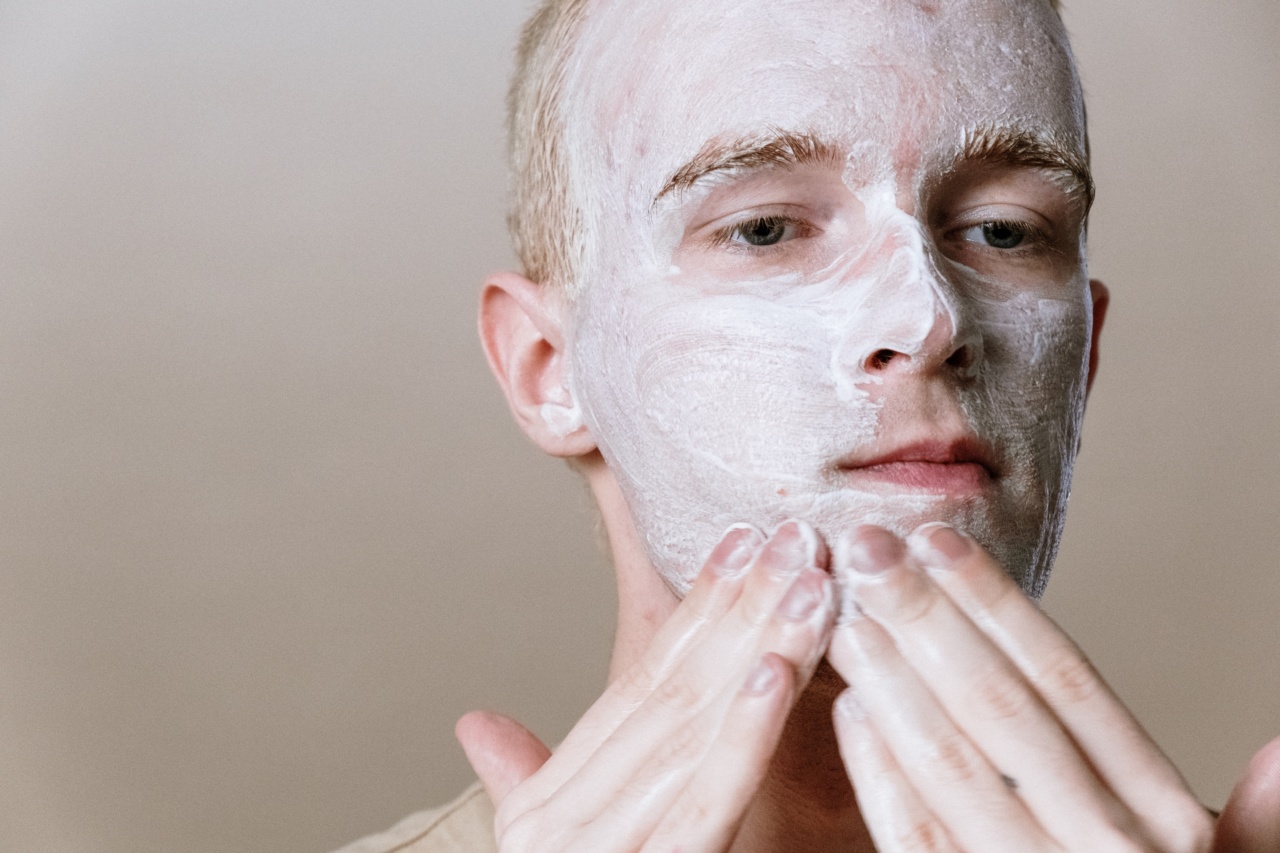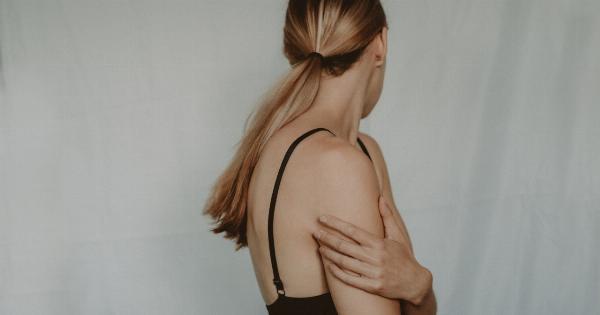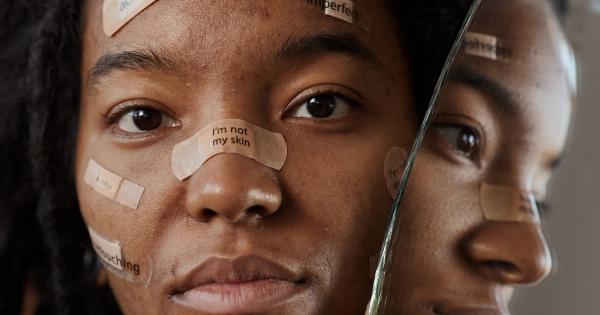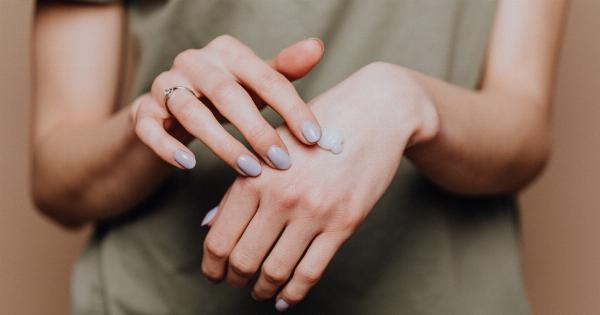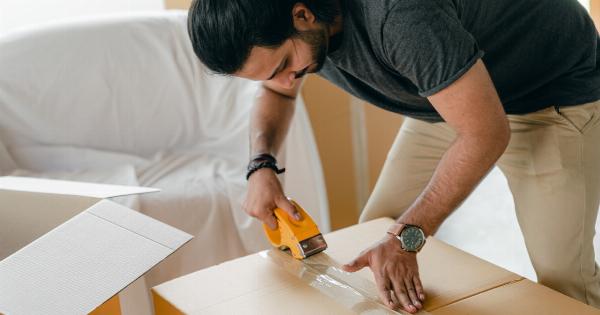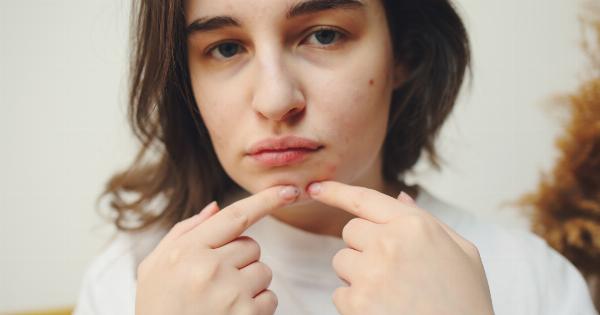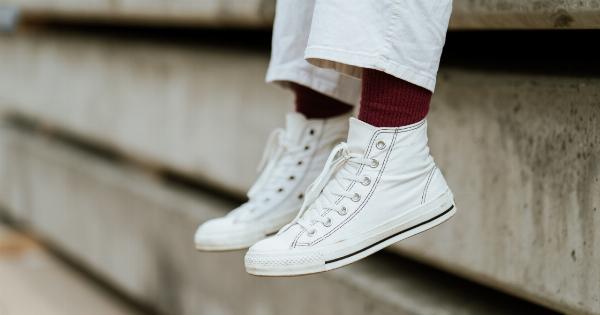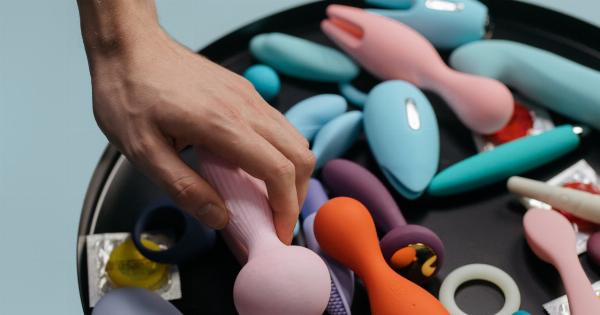Acne is a common skin condition found in both teenagers and adults alike. While some people experience mild acne that clears up on its own, some people might have stubborn acne that does not respond to regular treatments.
Stubborn acne can be frustrating to deal with and can lead to low self-esteem and confidence. Understanding the causes and types of stubborn acne can help to identify the best solution to clear your skin.
What Causes Stubborn Acne?
Stubborn acne is often caused by a combination of factors that include hormonal imbalances, genetics, and lifestyle factors.
When pores in the skin become clogged with excess oil, dead skin cells, and bacteria, it can lead to the formation of acne lesions.
The Types of Stubborn Acne
There are several types of stubborn acne that you may be dealing with:.
: Acne Vulgaris
The most common type of acne that appears on the face, chest, and back. It presents as a combination of blackheads, whiteheads, pustules, and cysts.
: Cystic Acne
A severe type of acne that presents as large, painful cysts underneath the skin’s surface. It can be difficult to treat and requires a dermatologist’s attention.
: Hormonal Acne
Acne that appears due to hormonal imbalances, such as during puberty, pregnancy, or menstruation. It often presents as deep, painful cysts on the jawline and chin.
: Comedonal Acne
Acne that presents as small, flesh-colored bumps on the forehead and chin. It is caused by clogged hair follicles and is often seen in people with oily skin.
How to Deal with Stubborn Acne
: Cleanse your skin regularly
Washing your face twice a day can help to remove excess oil, dirt, and bacteria that can cause acne. Look for gentle, fragrance-free cleansers that do not irritate the skin.
Avoid washing your face too often or using hot water, which can dry out the skin and worsen acne.
: Topical treatments
Over-the-counter topical treatments that contain benzoyl peroxide, salicylic acid, or retinoids can help to unclog pores and reduce inflammation. Apply the treatment as directed and avoid using too much, which can irritate the skin.
: Oral medications
If your acne does not respond to topical treatments, your dermatologist may prescribe oral medications such as antibiotics or isotretinoin. These medications work by reducing the amount of bacteria on the skin and regulating oil production.
: Laser and light therapy
Laser and light therapy can help to kill acne-causing bacteria and reduce inflammation. Your dermatologist may recommend photodynamic therapy or blue light therapy, depending on the type and severity of your acne.
: Diet and lifestyle changes
Eating a healthy diet, drinking plenty of water, and avoiding stress can help to improve your skin’s overall health. Avoid eating foods that are high in sugar and fat, as they can worsen acne.
If you wear makeup, look for oil-free, non-comedogenic products that do not clog pores.
Conclusion
Dealing with stubborn acne can be a frustrating experience, but it is important to know that there are many effective treatments available. Understanding the causes and types of stubborn acne can help to identify the best solution for your skin.
With the right treatment and self-care regimen, you can achieve clearer, healthier skin.
